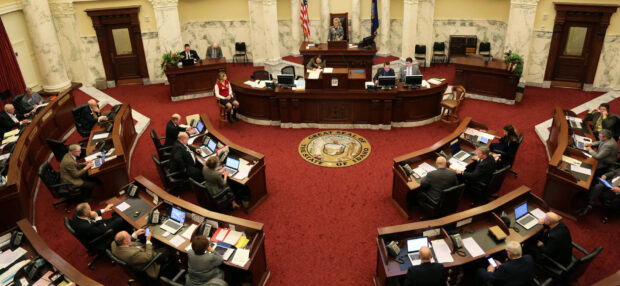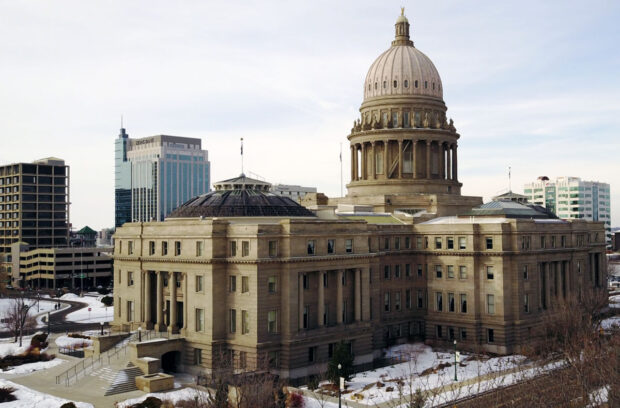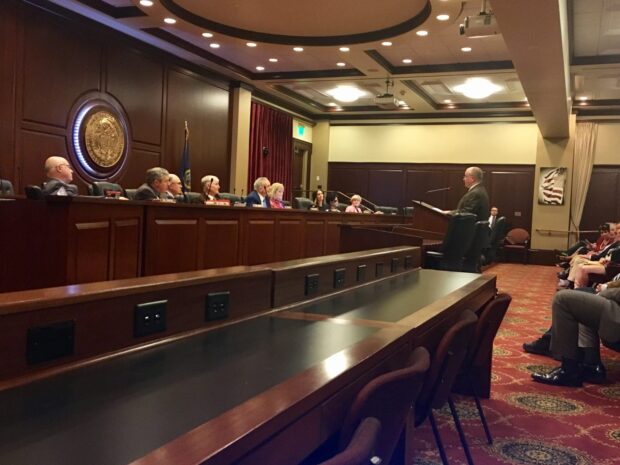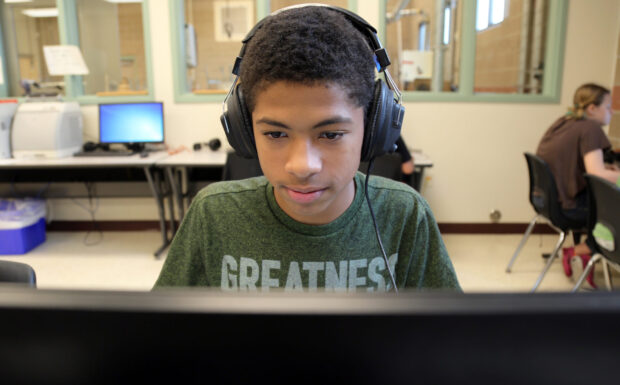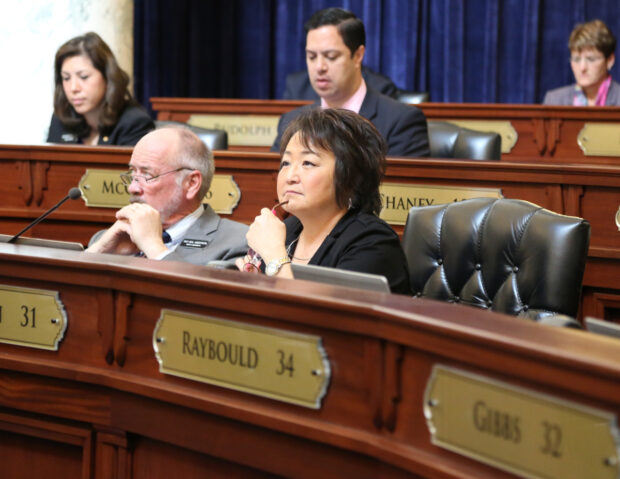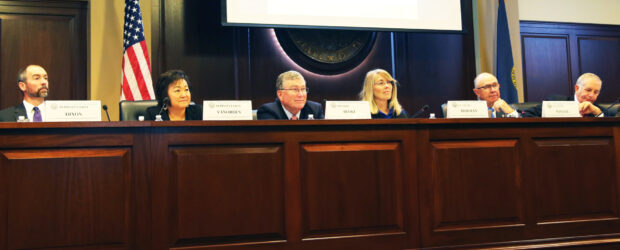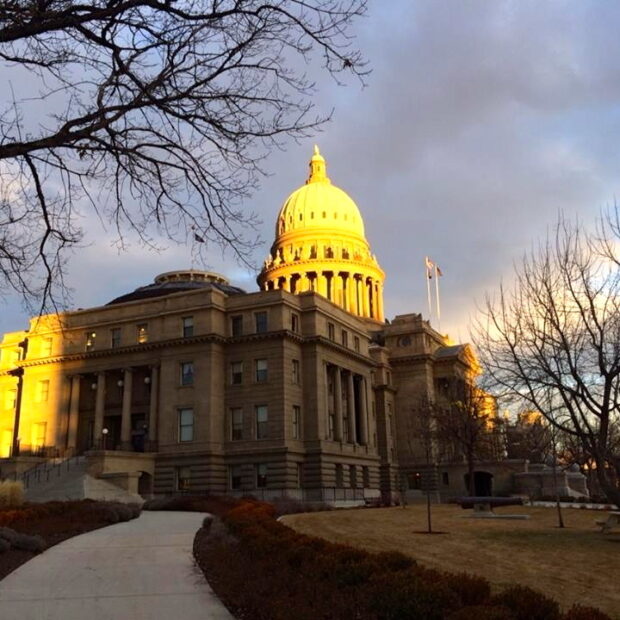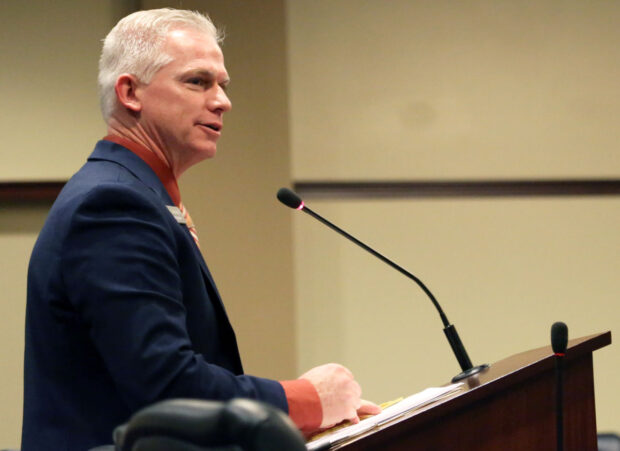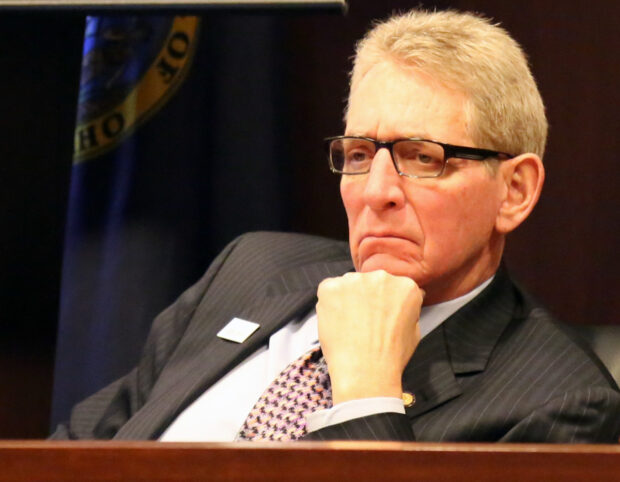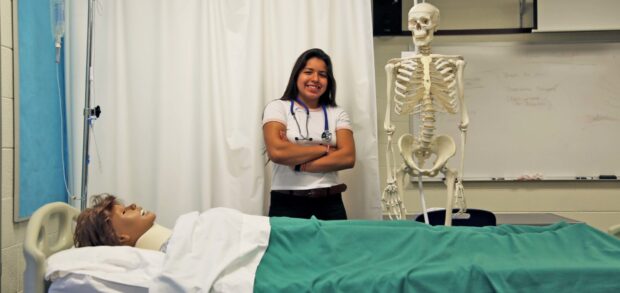2018 Legislature
Unfinished work: Report spotlights K-12 task force funding needs
It will take at least another $120 million to implement the recommendations from the K-12 task force, according to a new report.
Private school scholarship bill draws large crowd
Statehouse roundup, 2.23.18: On a busy Friday, a bill to move school board elections clears a hurdle, and state superintendent Sherri Ybarra’s rural school bill returns.
ISBA leader to lawmakers: ‘We are all elected officials just like you’
Statehouse roundup, 2.19.18: A charter school administrator’s bill is on hold until later this week, and a school firearms training bill will get a hearing next week.
Controversial Wi-Fi contract could come to an end
The statewide wireless contract blindsided lawmakers in 2013. The contract comes to an end this year.
House committee calls for changes to sex education bill
A single mother attending Boise State approached legislators about modernizing Idaho law.
Round 3: Funding formula committee looks at another summer of work
Statehouse roundup, 2.15.18: A “truth in bonding” bill, designed to require school districts and local governments to disclose the bottom-line cost of tax proposals, heads to the House floor.
Huckleberry pie rhubarb? Despite grumbling, committee serves up dessert bill
A fourth-grade class wants the huckleberry pie designated the state’s dessert. But some lawmakers have no appetite for the idea.
Nampa lawmaker proposes new bill to limit electioneering
The Republican representative does not want public dollars spent politicking for or against ballot measures. This time around, the Idaho School Boards Association supports his bill.
Nonini pushes for STEM high school diploma
Statehouse roundup, 2.8.18: A bill to encourage optional firearms classes is on hold, after the House Education Committee calls off a hearing.
As advanced opportunities program grows, some gaps are evident
In 2016-17, 27,859 junior and senior high school students took college-level classes. But students of color and students in poverty are less likely to take advantage of the state’s program.

